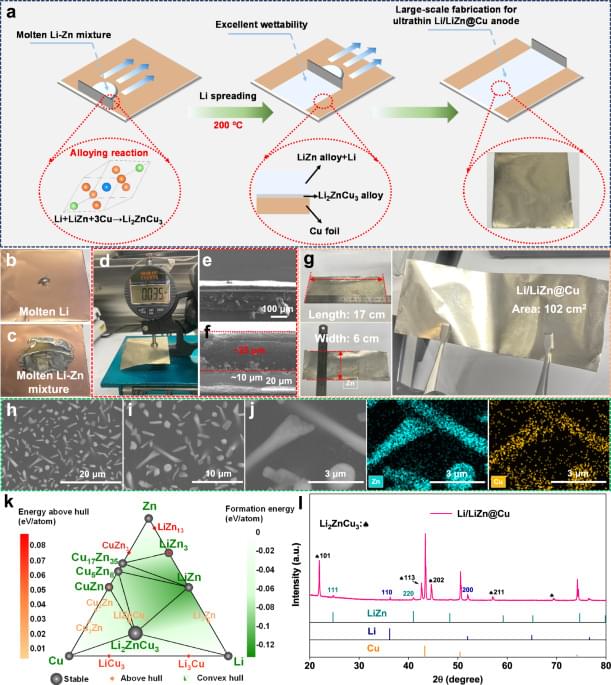Get the latest international news and world events from around the world.

US researchers develop ‘unhackable’ computer chip that works on light
Researchers at the University of Pennsylvania have developed a new computer chip that uses light instead of electricity. This could improve the training of artificial intelligence (AI) models by improving the speed of data transfer and, more efficiently, reducing the amount of electricity consumed.
Humanity is building the exascale supercomputers today that can carry out a quintillion computations per second. While the scale of the computation may have increased, computing technology is still working on the principles that were first used in the 1960s.
Researchers have been working on developing computing systems based on quantum mechanics, too, but these computers are at least a few years from becoming widely available if not more. The recent explosion of AI models in technology has resulted in a demand for computers that can process large sets of information. The inefficient computing systems, though, result in high consumption of energy.



TikTok Releases Vision Pro App With ‘Immersive’ Viewing Experience
TikTok today announced that it has released an app for Apple’s Vision Pro headset. The app is optimized for visionOS’s spatial design style, with TikTok promising a more “immersive” viewing experience for its short-form videos.
“Experience your For You feed in an entirely new way through this immersive content view,” said TikTok, in a post on social media platform X, formerly known as Twitter.
The app has a familiar layout on the Vision Pro, with a main “For You” video feed, along with profiles, comments, search, and more. TikTok is available now on the Vision Pro’s App Store, and additional images of the app can be found below.


Are Space Elevators possible? Physicist says they could Transform Humanity into a ‘Spacefaring Civilization’
Humanity’s quest to explore—and, perhaps eventually, colonize—outer space has prompted a great many ideas about how precisely to go about it.
While conventional wisdom suggests that space launch via rockets is the best way to send human beings into orbit, other “non-rocket” methods have been proposed, including a futuristic “space elevator.”
The concept of a space elevator—essentially a sky-high cable that would let humans climb into space—has been championed by some industry experts as a way to overcome the astronomical costs associated with sending people and cargo into space by rocket, says Alberto de la Torre, assistant professor of physics at Northeastern.

CHAI AI: A Top Platform for Conversational Artificial Intelligence
A comprehensive analysis of the top conversational artificial intelligence platforms
PALO ALTO, Calif., Feb. 14, 2024 /PRNewswire/ — In the dynamic landscape of AI-powered content generation, OpenAI stands at the forefront of Artificial General Intelligence (AGI) research. However, the primary purpose of products such as GPT-4 is to act as a productivity aid, for tasks such as coding. In addition, access to the best such models is often restricted by paywalls. These limitation have led to the growing popularity of other platforms which are primarily focused on providing Generative AI for consumers.

Hierarchical Li electrochemistry using alloy-type anode for high-energy-density Li metal batteries
Utilizing an ultra-thin Li anode with a thickness below 50 μm is crucial for enhancing the energy density of batteries. Here, the authors develop a finely tunable, thin alloy-based Li anode that features a hierarchical Li electrochemistry, enabling stable cycling and superior energy density in Li metal batteries.

 “Experience your For You feed in an entirely new way through this immersive content view,” said TikTok, in a post on social media platform X, formerly known as Twitter.
“Experience your For You feed in an entirely new way through this immersive content view,” said TikTok, in a post on social media platform X, formerly known as Twitter.